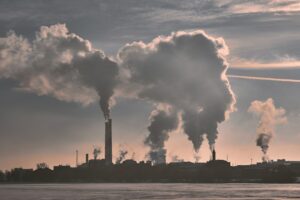Plastic pollution created by the Covid-19 pandemic presents a growing crisis, according to researchers at the Universities of York and Tasmania.
In the UK alone, around 14 million personal protective items were delivered to hospitals each day in the height of the pandemic, this comprised of 360 million gloves, 158 million masks, 135 million aprons and 1 million gowns.
According to the study, without action, this growing waste presents a crisis that would benefit from ‘crisis thinking.’
Specifically, the authors of the study have highlighted that archaeology can contribute to much-needed solutions with a focus on the prevalence and resilience of our material culture.
The authors have argued that this is a unique opportunity to use policy to inform future action on tackling environmental pollution.
Professor John Schofield from the University of York’s Department of Archaeology said: ‘As archaeologists, we emphasise the fact human actions have created this problem.
‘Understanding human behaviours through the material culture they leave behind is what archaeologists do, whether in prehistory, the medieval period, or yesterday. We think that this object-centred approach provides a distinct and helpful perspective on the problem of environmental pollution.’
According to Joanna Vince, senior lecturer in Politics and International Relations at the University of Tasmania: ‘Archaeologists need to be more involved in the public debate on plastic pollution in order to inform policy decisions further. The first step is for archaeologists to increase their collaboration with policy specialists, government decision-makers and industry.
‘The face-mask, as material culture that became almost simultaneously symbolic worldwide, allowed us to reflect upon this building archaeological record through a multi-disciplinary perspective.’
In related news, Environment Journal explores the environmental impact of abandoned face masks
Photo Credit – Pixabay















Very good article, helped me lots with my schhol work 🙂